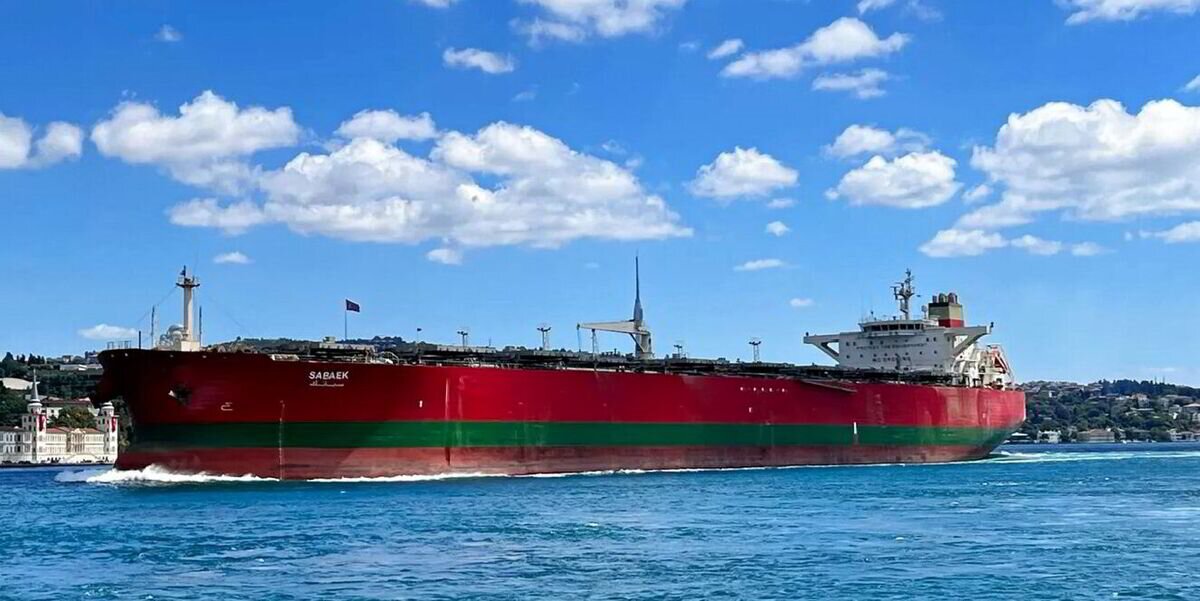London-based broker Gibson reported that the handysize tanker sector is under pressure. The popularity of such vessels has been declining for years due to the expansion of long-distance trade and charterers’ pursuit of economies of scale.
Gibson statistics confirm that the war in Ukraine has significantly impacted handysize shipments. Since Russia’s invasion of Ukraine, spot charters in the Black Sea and Baltic Sea have fallen from approximately one-third of total charters to below 10%.
Gibson statistics confirm that the war in Ukraine has significantly impacted handysize shipments. Since Russia’s invasion of Ukraine, spot charters in the Black Sea and Baltic Sea have fallen from approximately one-third of total charters to below 10%.
Unless the situation changes for the remainder of this year, charters will fall further this year. The volume of clean and dirty cargoes transported by handysize tankers decreased by approximately 5% in 2025 compared to last year. Spot charters also fell, but the shipbroker notes that statistics may not be entirely reliable due to some deals involving sanctioned vessels not being reported.
The Mediterranean has overtaken the UK-Continent market, but Gibson stated that the weak market for medium-range (MR) 40-55,000 dwt tankers has led to some handy cargoes being missed. However, the establishment of the Mediterranean emission control area provided some support to the dirty sector. Meanwhile, clean petroleum product ton-miles on handy tankers have fallen by approximately 17% year-to-date.
Meanwhile, despite the high average age of handy tankers, the orderbook remains at just 6%. However, if current scrapping trends continue, more than half of the handy fleet will be over 20 years old by 2027, according to Gibson’s figures.
But the broker noted that the largest charterers of handy tankers are typically major oil companies and large commodity traders. Therefore, the aging fleet could help support the prices of the relatively few younger vessels.
On the other hand, some major oil companies have had to change their vetting policies in the handy sector. In some cases, they have started chartering vessels over 15 years old when necessary.
Additional pressure on the handy market could come from the orderbook for MRs (medium-range vessels), which constitute 18% of the fleet. A large number of MRs are due for delivery over the next two years and could enter the handy sector, acting as a catalyst for larger vessels.
Source:





